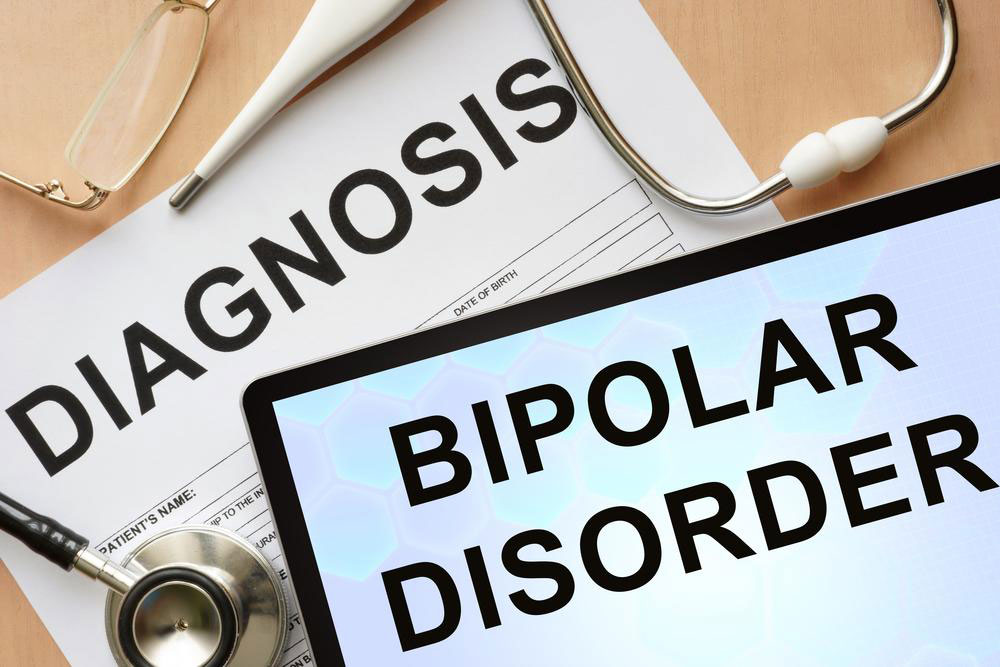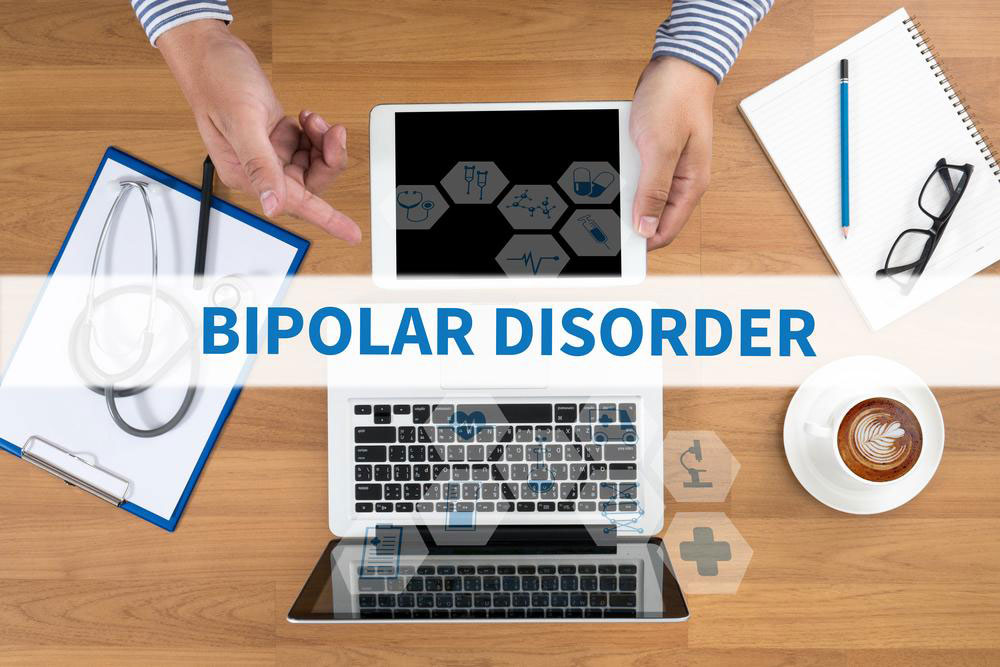Comprehensive Guide to Bipolar Disorder: Causes, Symptoms, and Effective Treatment Strategies
This comprehensive guide explores bipolar disorder, covering its causes, symptoms, and effective treatment options. Learn how genetic, biological, and environmental factors contribute to this mental health condition, and discover strategies for managing mood swings with medication and therapy. Early recognition and consistent treatment are key to improving quality of life for those affected by bipolar disorder, which impacts millions worldwide. Understand the importance of lifestyle and psychological support in maintaining stability and mental health.

Comprehensive Guide to Bipolar Disorder: Causes, Symptoms, and Effective Treatment Strategies
Bipolar disorder, widely recognized as manic-depressive illness, is a complex mental health condition marked by intense mood swings that can significantly disrupt daily life. It impacts individuals of all ages—teenagers, adults, and even children—posing challenges that require proper understanding and management. This disorder can influence emotional stability, energy levels, sleep patterns, and overall behavior, leading to difficulties in personal relationships, work performance, and overall well-being.
Understanding bipolar disorder involves exploring its two main phases: hypomania (or mania) and depression. Most individuals affected experience recurring episodes of either elevated mood (mania or hypomania) or depressive states, with approximately 70% facing episodes of both types during their lifetime. Recognizing the symptoms and early signs is crucial for timely intervention and effective treatment.
Research estimates that about 4.4% of the global population suffers from bipolar disorder, making it a significant public health concern. The causes of bipolar disorder are multifaceted, involving genetic, environmental, and biological factors. Understanding these causes can help in managing and treating the condition effectively.
Possible Causes and Contributing Factors of Bipolar Disorder
Experts agree that bipolar disorder does not stem from a single cause but rather results from a combination of various factors. Notable among these are:
Genetic predisposition: Family history of bipolar disorder or other mental health conditions greatly increases the risk. If a close relative has experienced mood disorders, the likelihood of developing bipolar disorder is higher.
Environmental stressors: Chronic stress, traumatic life events, and ongoing anxiety can trigger initial episodes or exacerbate existing symptoms.
Biological factors: Imbalances in brain chemicals, such as neurotransmitters, are linked to mood regulation issues. Irregularities in brain structure and neuron function also contribute to the disorder.
Hormonal imbalances: Fluctuations in hormones, especially during hormonal shifts like pregnancy or thyroid problems, may influence mood stability.
Substance abuse: The use of drugs, alcohol, or stimulants can precipitate mood episodes or worsen the severity of bipolar symptoms.
Effective management involves a combination of psychological support, medication, and lifestyle modifications. Psychological therapy, such as cognitive-behavioral therapy (CBT), helps patients recognize patterns, develop coping strategies, and maintain emotional stability.
Identifying Common Symptoms of Bipolar Disorder
Symptoms are diverse and can vary depending on the phase. Key indicators include:
Prolonged periods of depression characterized by persistent sadness, loss of interest, or feelings of worthlessness.
Episodes of hypomania or mania, presenting as elevated or irritable mood, increased energy, decreased need for sleep, racing thoughts, and impulsive behaviors.
Sleep disturbances, either excessive sleep during depressive phases or decreased sleep during manic episodes.
Physical symptoms such as fatigue, restlessness, or agitation.
Cognitive issues like poor concentration and memory problems.
Emotional symptoms including irritability, anxiety, or feelings of guilt and hopelessness during depressive episodes.
Recognizing these signs early helps in diagnosis and prevents escalation of mood episodes.Effective Treatment and Management Approaches for Bipolar Disorder
Management of bipolar disorder is centered around stabilizing mood swings and restoring emotional balance. A multifaceted approach includes:
Medication: Mood stabilizers such as lithium remain the cornerstone of treatment. Antipsychotics and antidepressants may also be prescribed depending on symptoms, under careful medical supervision.
Psychotherapy: Therapeutic approaches, including cognitive-behavioral therapy (CBT), family-focused therapy, and psychoeducation, help individuals understand their condition, build coping mechanisms, and adhere to treatment plans.
Lifestyle modifications: Regular exercise, maintaining a stable sleep schedule, and avoiding substance abuse contribute to mood stability. Stress management techniques like mindfulness and relaxation exercises are also valuable.
Monitoring and support: Regular check-ins with healthcare providers ensure treatment effectiveness and adjustments as needed. Support groups offer community understanding and encouragement.
More advanced interventions: In severe cases, brain stimulation therapies such as electroconvulsive therapy (ECT) or transcranial magnetic stimulation (TMS) may be considered.
Adherence to prescribed medication and consistent psychological therapy greatly improve quality of life. While bipolar disorder is a long-term condition, with proper treatment and support, individuals can lead stable, productive lives and manage their symptoms effectively.





